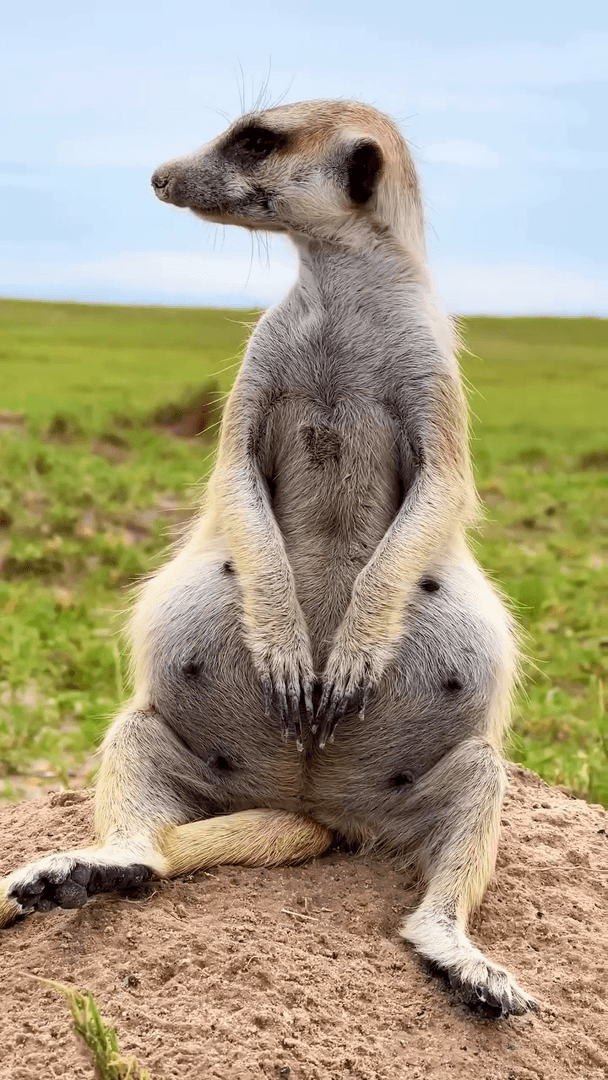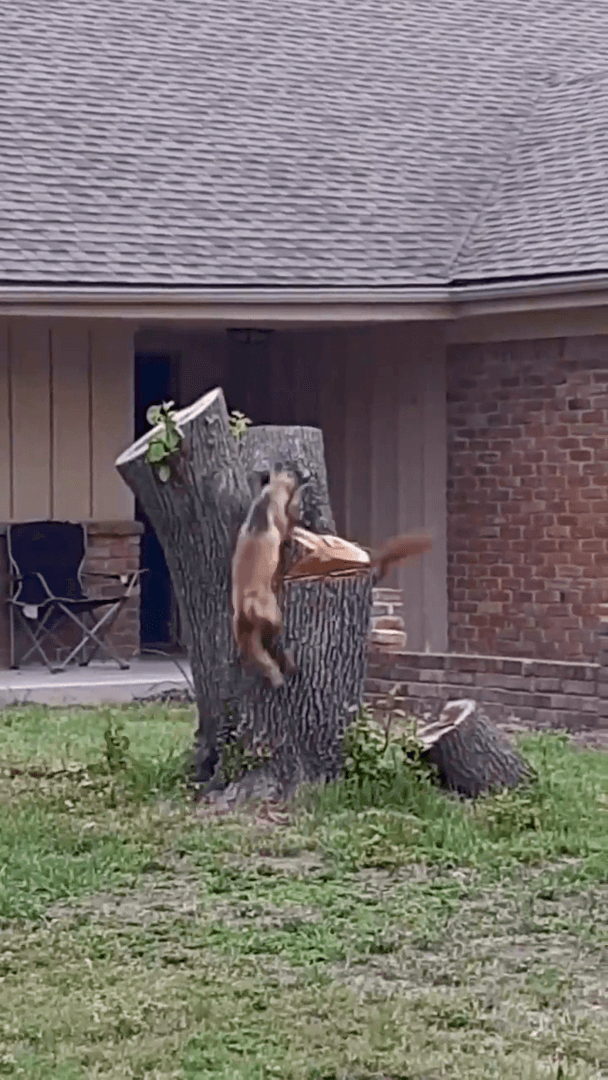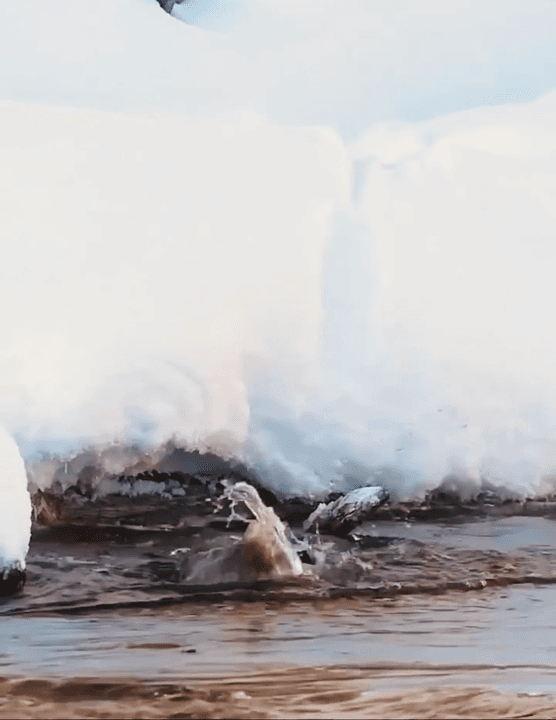
Hunting in Nana-Mambéré: Exploring Specifics, Navigating Hunting Seasons, and Discovering Interesting Facts Nana-Mambéré, located in the western part of the Central African Republic, is a region marked by hills, forests, rivers, and fertile plains. Its diverse ecosystems and rural way of life make hunting a deeply ingrained tradition. In this prefecture, hunting is more than a means of subsistence—it is a cultural practice that reflects the connection between people, their environment, and generations of inherited knowledge. Geography and Natural Features of Nana-Mambéré for Hunting The landscape of Nana-Mambéré includes forested hills in the north, open savannas in the south, and numerous rivers, including the Mambéré River, which gives the region its name. These habitats are rich in wildlife, including antelope, wild pigs, small mammals, and birds. The mix of forest and savanna allows for a range of hunting techniques and seasonal variation in the availability of game. Specifics of Hunting in Nana-Mambéré Hunting in Nana-Mambéré is primarily subsistence-based, carried out by rural households to feed their families and sometimes sell meat in local markets. Traditional methods—such as traps, snares, spears, and bows and arrows—are widely practiced. In more connected areas, locally made firearms have become more common. Hunting is typically done on foot, requiring knowledge of animal tracks, migration routes, and seasonal behavior. It is also closely linked with farming and fishing in the region’s mixed subsistence economy. Hunters and Demographics in Nana-Mambéré Hunting is traditionally a male activity, but it involves entire households. While men hunt, women assist in processing and preserving the meat, and children often accompany elders to learn hunting skills. Knowledge is transmitted orally and through practice, forming part of a community’s social fabric. Although formal hunting associations are rare, villages often have customary rules and leaders—usually elders—who regulate hunting areas and settle disputes. Types of Game and Hunting in Nana-Mambéré Large game: Forest buffalo, bush pigs, and medium-sized antelopes such as duikers are frequently hunted. Small game: Cane rats, porcupines, hares, squirrels, and ground birds like guinea fowl are common. Aquatic and semi-aquatic species: Some hunters also target fish and amphibians near rivers and swamps. Protected species: Elephants, big cats, and primates are legally protected, though vulnerable to illegal hunting due to limited enforcement. Hunting Seasons in Nana-Mambéré There are no formal hunting seasons imposed at the local level, but hunting activities follow traditional and seasonal rhythms: Dry season (December to April): This is the most active period for hunting, with better access to trails and higher game visibility. Rainy season (May to November): Hunting decreases due to agricultural priorities and difficult terrain. In some communities, local taboos or spiritual beliefs may lead to voluntary hunting restrictions during certain months or in sacred areas. Hunting Structures and Local Organization in Nana-Mambéré There are few formal hunting clubs in the region, but informal governance systems are strong. Village elders, chiefs, and respected hunters often manage access to hunting zones, mediate conflicts, and ensure communal rules are followed. Some areas have designated “rest zones” where hunting is paused to allow wildlife populations to recover. NGOs working in the region occasionally partner with local leaders to support wildlife monitoring and promote alternative income-generating activities. Hunting Legislation in Nana-Mambéré According to national law, certain species are fully protected and may not be hunted, while others require permits. However, enforcement in Nana-Mambéré is weak, and many communities are unaware of or disconnected from official hunting regulations. Most hunting follows traditional norms rather than formal laws. Efforts by conservation organizations are helping to raise awareness of protected species and promote sustainable practices through education and local engagement. Hunting Traditions in Nana-Mambéré Hunting in Nana-Mambéré is deeply rooted in cultural tradition. It is part of initiation rituals, storytelling, and spiritual life. Hunters are often respected figures in the community, and hunting success is celebrated through songs, dances, and shared meals. Some communities observe taboos around certain species or areas, contributing to natural conservation. These traditions preserve both biodiversity and community cohesion. Interesting Facts about Hunting in Nana-Mambéré The region forms part of a transboundary wildlife corridor between the Central African Republic and Cameroon. Some villages maintain sacred groves where hunting is forbidden and wildlife flourishes. Community members are increasingly participating in bushmeat monitoring projects supported by NGOs. There are ongoing initiatives to introduce small-scale animal husbandry as a sustainable alternative to bushmeat hunting. In Nana-Mambéré, hunting remains an essential part of rural life—providing food, reinforcing identity, and linking communities to their land. With growing awareness of environmental challenges, the integration of traditional knowledge and modern conservation efforts offers a promising path for preserving both cultural heritage and biodiversity.
Post: 29 July 20:58
















































